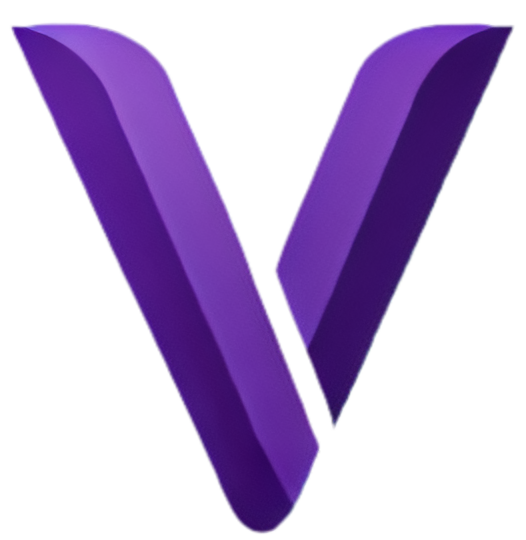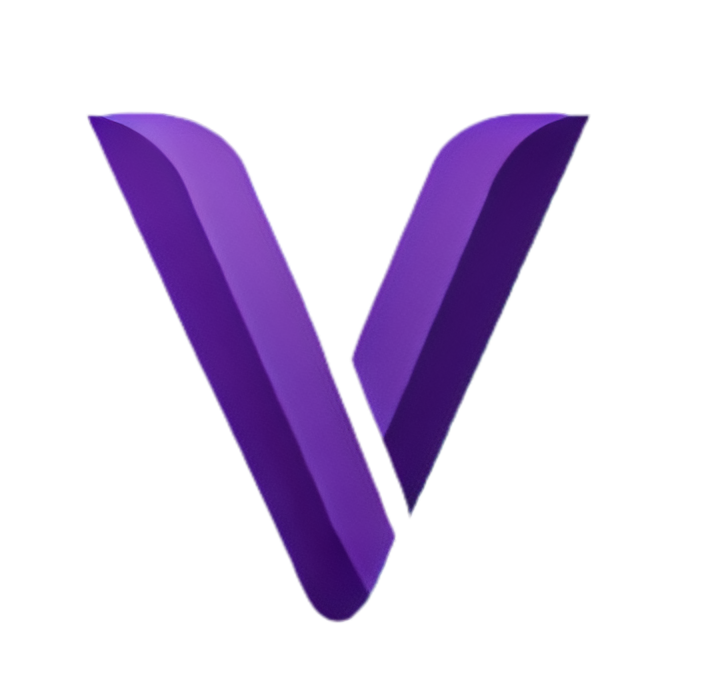Transparent Charity Fund Management
Transparent Charity Fund Management Project Overview: Client Scenario:A nonprofit wants to use blockchain technology to transform its fund management system. Donors are concerned about the appropriate use of their contributions because of the organization’s inefficiencies and lack of transparency in the tracking and allocation of cash. The group wants to use blockchain technology and the Proof of Authority (PoA) consensus process to build an efficient, transparent, and immutable money management system. Solution Proposal: Vantix offers a blockchain-based system that ensures accountability and trust by allowing transparent, real-time tracking of funds from donors to beneficiaries. The PoA consensus mechanism will power the solution, ensuring effective transaction validation while upholding strong security standards. All parties involved in the platform—donors, charity managers, and auditors—will be able to monitor and follow the distribution and use of funds through a web-based dashboard. The dashboard will have real-time transaction updates, alerts, notifications for fund distribution events, authentication (login) features, and user-friendly navigation. On the backend, the solution will include node Interaction to communicate with the blockchain network, ensuring that data remains immutable and verifiable. Off-chain data, such as user profiles and reports on fund utilization, will be managed through a secure database. API integration will be provided for easy data import/export and connectivity with external accounting or reporting systems. Project Planning: Activities: Develop a project plan tailored to the charity fund management blockchain solution. Assign a project manager, blockchain developers, frontend and backend developers, UX/UI designers, and compliance experts. Establish timelines and allocate resources for smooth project execution. Design and Development: Activities: Design the blockchain architecture using the PoA consensus mechanism to create a secure, transparent fund management system. Develop smart contracts to manage the disbursement and tracking of funds. Build a user-friendly web-based dashboard with features like real-time transaction updates, authentication, and fund utilization reports. Configure backend components for secure storage and management of off-chain data. Testing and Quality Assurance: Activities: Perform unit, integration, and user acceptance testing to ensure that the dashboard and fund tracking features function correctly. Validate that the system provides accurate and transparent information regarding fund distribution and usage. Training and Documentation: Activities: Provide training sessions for charity administrators on how to use the new blockchain system, including fund tracking, report generation, and donor management. Deliver comprehensive documentation, including system architecture and user guides. Post-Deployment Support and Maintenance: Activities: Offer initial support to address any issues that arise post-deployment. Implement ongoing maintenance procedures, including security updates and performance monitoring, to ensure the system remains secure and reliable. Feedback and Iteration: Activities: Collect feedback from the charity’s team and donors on the platform’s usability and performance. Make adjustments to the system based on feedback to ensure optimal functionality and user satisfaction. Project Closure: Activities: Conduct a final review with the charity to ensure all deliverables are met. Handover the system and provide a closure report, summarizing project outcomes, lessons learned, and recommendations for future improvements. Investment Justification The PoA-based blockchain technology provides a sophisticated, open, and safe way to manage donations. The ability for donors to follow their contributions in real-time and ensure appropriate allocation instills confidence in the organization. This blockchain technology guarantees that every transaction is entirely traceable and unchangeable, in contrast to traditional systems that are prone to fraud, delays, or mismanagement. The client can anticipate increased donor confidence, more operational efficiency, and a higher return on investment when approved validators guarantee transaction integrity.
Transparent Charity Fund Management Read More »






